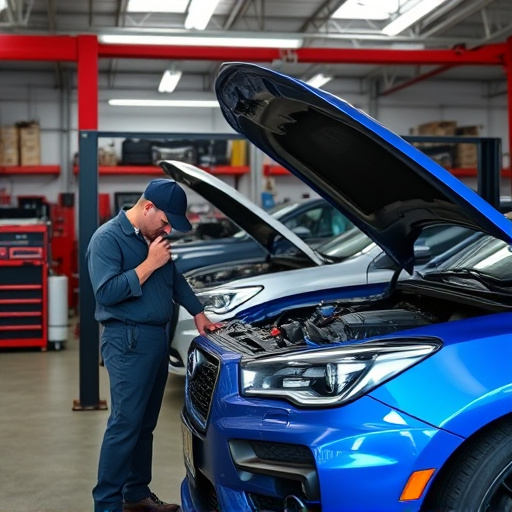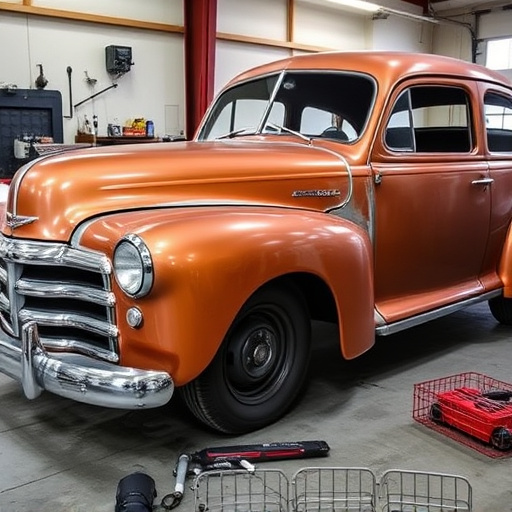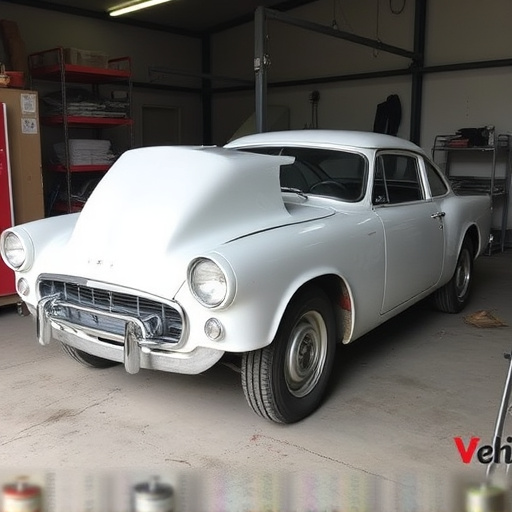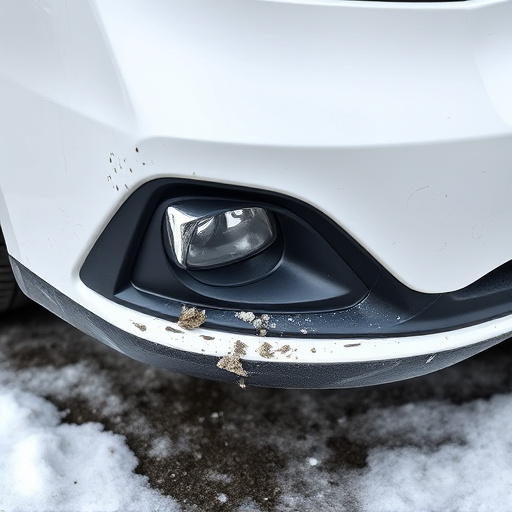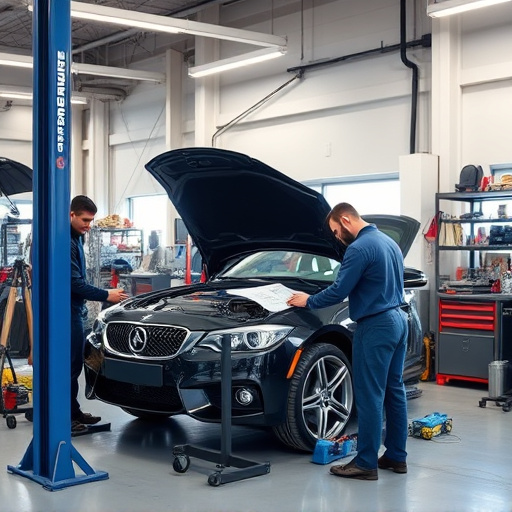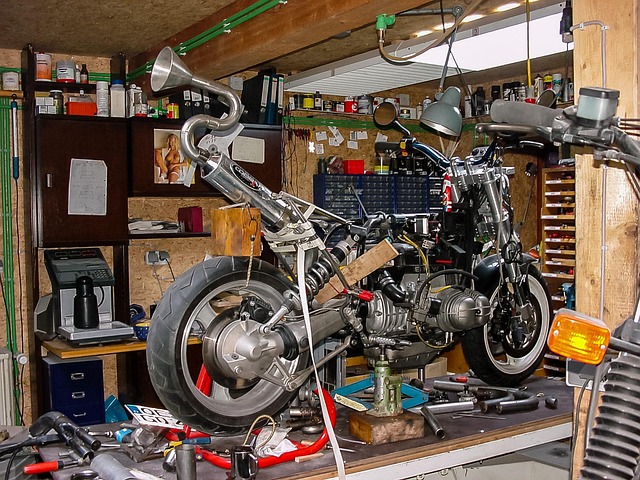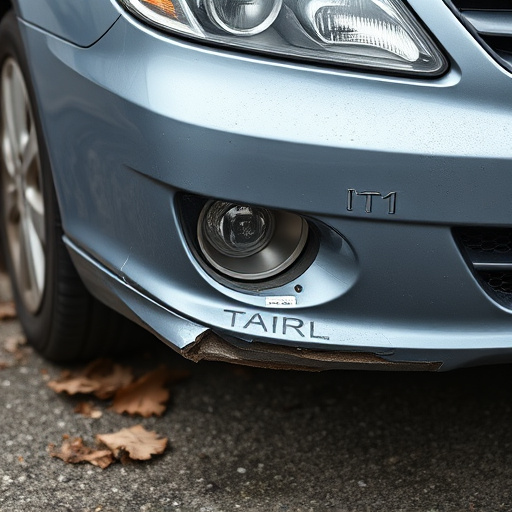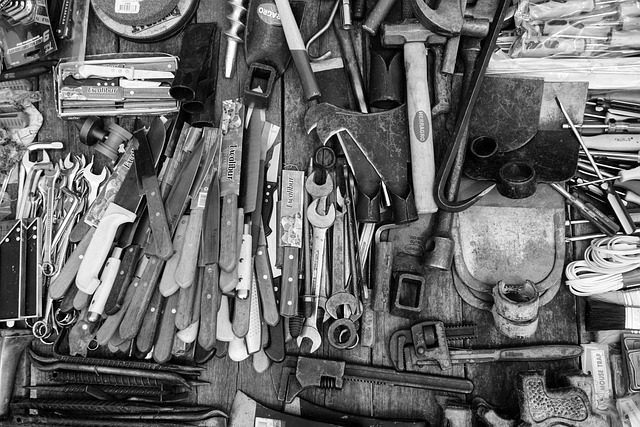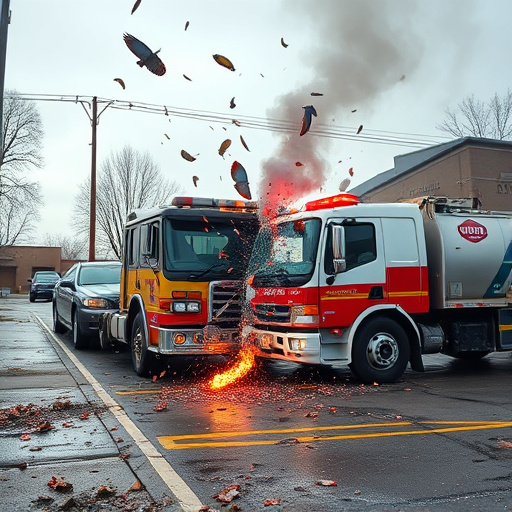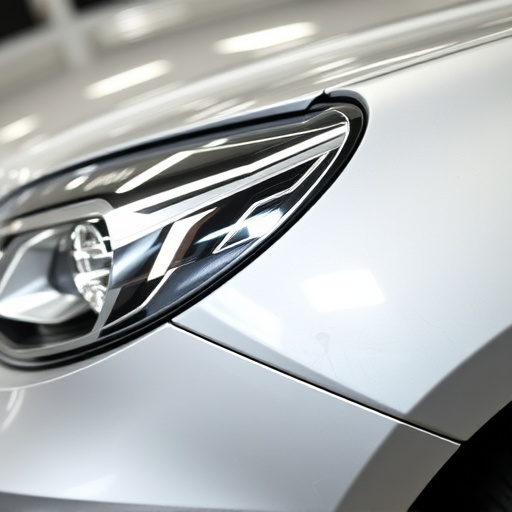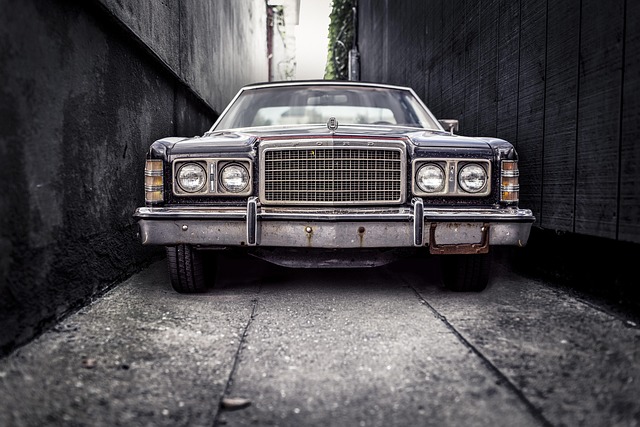Frame machine repair prioritizes safety with protective gear and protocols to mitigate hazards from machinery, chemicals, and loud environments. Adhering to automotive industry standards ensures reliable, safe repairs, encompassing ventilation, waste disposal, and worker inspections.
Frame machine repair is a critical process that demands meticulous safety precautions. This article guides you through essential safety standards, empowering professionals to navigate potential risks effectively. From understanding crucial safety gear to identifying and mitigating workplace hazards, we delve into industry best practices for safe frame repairs. By adhering to these standards, technicians can ensure their well-being and the integrity of their work.
- Understanding Essential Safety Gear for Frame Machine Repair
- Workplace Hazards: Identifying and Mitigating Risks
- Adhering to Industry Standards for Safe Frame Repairs
Understanding Essential Safety Gear for Frame Machine Repair
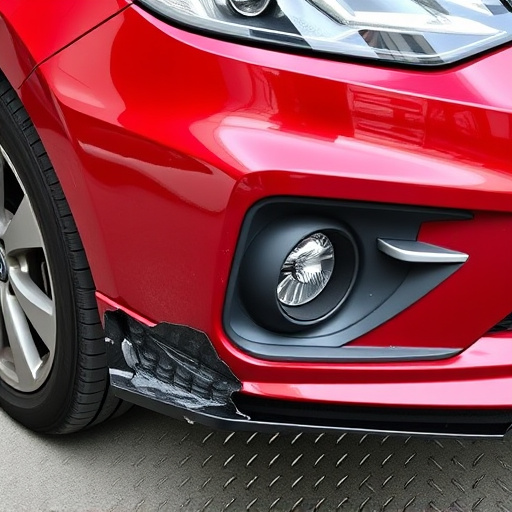
When engaging in frame machine repair, safety should never be compromised. Proper protective gear is the first line of defense against potential hazards common in this line of work. For instance, heavy parts and equipment can cause severe injuries, making it imperative to wear safety goggles or a face shield to protect your eyes from debris and splinters. Hearing protection is another crucial component, especially when operating noisy machinery, as prolonged exposure can lead to permanent hearing damage.
Gloves are essential for auto body repairs, providing a barrier between your skin and harmful substances like chemicals and metal shavings. In addition, a well-fitting respirator or mask is vital for car body shop environments where dust, fumes, and vapors are prevalent. These seemingly simple yet effective safety measures significantly reduce the risk of injuries associated with frame machine repair, ensuring the well-being of technicians and a high standard of auto body repairs.
Workplace Hazards: Identifying and Mitigating Risks
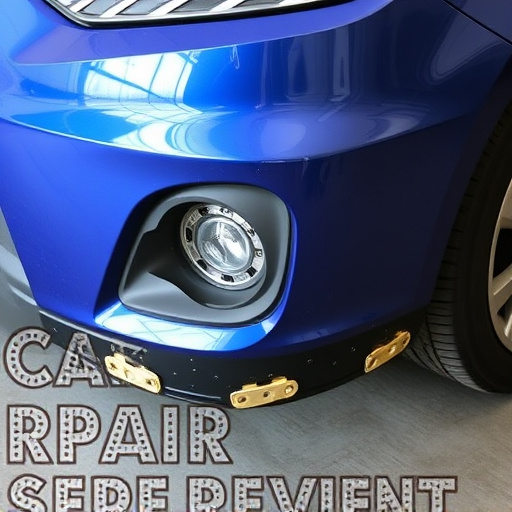
In the dynamic landscape of frame machine repair, identifying and mitigating workplace hazards is non-negotiable. Frame machines, while instrumental in auto collision centers and luxury vehicle repair shops, present unique risks due to their powerful mechanisms and precision requirements. Professional mechanics must be vigilant against potential dangers such as noise pollution, vibration, and the risk of being caught in or struck by moving parts.
Effective hazard mitigation begins with comprehensive training and adherence to safety protocols. Personal protective equipment (PPE), including earplugs, safety goggles, and gloves, is essential for safeguarding workers from physical and auditory risks. Regular maintenance checks on machines ensure their smooth operation, minimizing the chance of accidents. Moreover, maintaining a clutter-free workspace and proper organization of tools further reduces hazards in this intricate aspect of vehicle bodywork repair.
Adhering to Industry Standards for Safe Frame Repairs
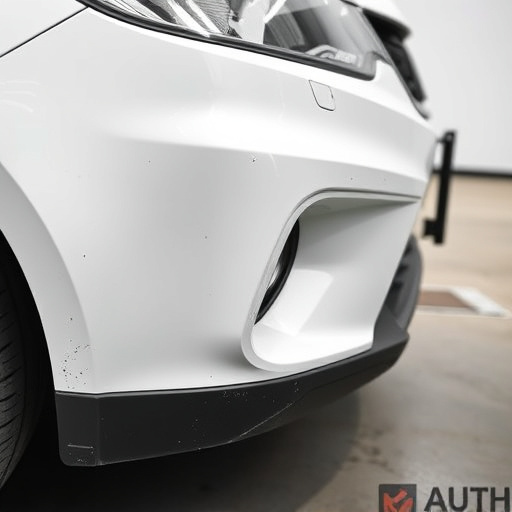
When it comes to frame machine repair, adhering to industry standards is paramount for ensuring both safety and quality work. The automotive industry has established guidelines and protocols specifically designed to protect technicians and maintain vehicle integrity during frame repairs. These standards cover every aspect of the process, from initial assessment to final quality control checks. By following these regulations, repair shops can guarantee that their techniques align with best practices in the field.
One crucial standard is ensuring proper ventilation in work areas to mitigate risks associated with hazardous materials used in vehicle paint repair and dent repair processes. Additionally, technicians must be adequately trained in handling and disposing of waste from vehicle collision repair, minimizing environmental impact. Regular safety inspections and adherence to these industry standards not only protect the well-being of workers but also contribute to the overall reliability and safety of frame machine repair services.
When undertaking frame machine repair, adhering to safety standards is paramount. By understanding essential safety gear, identifying and mitigating workplace hazards, and staying current with industry standards, you can ensure a secure and effective repair process. These measures not only protect you but also contribute to the overall quality and longevity of the repaired frame. Always prioritize safety in your workshop to avoid accidents and maintain a productive environment during any frame machine repair task.
